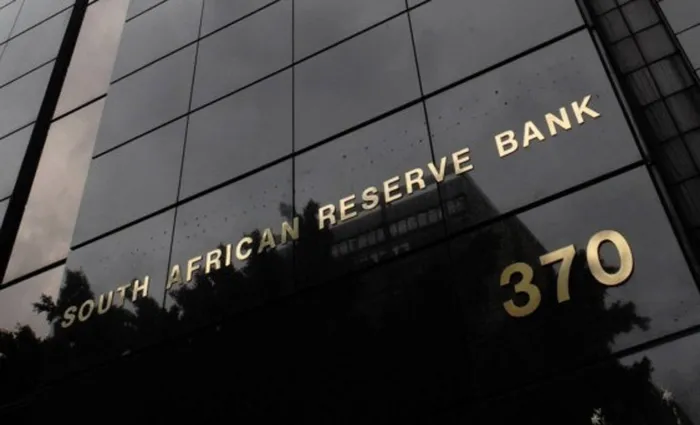Market keeps eye on MPC rate decision this week

All eyes on the Reserve Bank's rate decision this week.
Image: Bloomberg
It was an interesting week with the JSE All Share index hitting 100 000 points on Wednesday morning and the gold price breaking through $3 400 an ounce again. Internationally, US President Donald Trump announced trade deals with Japan and with the Philippines, and there are reports that the EU and US are nearing a deal.
In local news the Government of National Unity held together once more as the DA agreed to support the Appropriation Bill after President Cyril Ramaphosa dismissed Higher Education and Training Minister Nobuhle Nkabane. On Thursday, Trade, Industry, and Competition Minister Parks Tau said that a “condition precedent document” has been signed as a precursor to finalisation of the trade negotiations with the US, but little details were available. It was reported that the Framework Deal aims to resolve long-standing market access issues that both sides are interested in and to promote bilateral investments in a mutually beneficial manner. It is unlikely that South Africa and the US will reach an agreement by the 1 of August, when 30% tariffs kicks-in.
The key local indicator was the June Consumer Price Index (CPI) inflation figure released on Wednesday. The inflation rate rose from 2.8% to 3%. The main driver was higher food prices, while lower year-on-year fuel prices helped to counter the increase. The inflation rate remains safely below the midpoint of the Reserve Bank's target band, and markets are still expecting one more 25 basis point cut to the repo rate this year. But will it happen at Thursday’s Monetary Policy Committee (MPC) meeting?
Based on the June inflation number and the outlook for inflation there is a strong case for a cut. Almost all models suggest that inflation will increase slowly during the rest of this year, but remain below the midpoint of the target band for the next year or two. The MPC has often argued that international uncertainty poses an upside risk and is an argument for keeping the repo, and our interest rate differential with the US, unchanged. The concern is that if we cut the repo rate while the Americans keep their policy rate unchanged, the rand-dollar exchange rate will weaken, increasing the cost of imported goods. This week the Federal Reserve meets the day before our MPC and their decision will play a role. They are waiting to see the inflationary impact of their tariffs and will probably keep their policy rate unchanged. Yet, from the South African point of view the dollar is relatively weaker, and the interest rate differential is less of a concern. Keeping the repo unchanged runs the risk of applying contractionary monetary policy in an economy that is barely growing.
Another view is that repo rate decisions are no longer about the midpoint of the target band, but rather about the proposed new target of 3%. With a lower target in mind, it may not make sense to cut the repo rate just yet.
I think the Reserve Bank has already made a strong case for the benefits of a lower target. Their models show that because inflation is already low, the cost of moving to a lower target is minimal. They don’t believe interest rates will need to stay high for long, nor that much economic growth will be sacrificed in the process.
However, their whole story rests on several assumptions, and recent research by Codera Analytics shows that there are many factors to consider. One question is how quickly inflation expectations can be anchored to the lower target. It’s no use having a lower target if unions continue to base wage demands on historically higher inflation rates. Another question is whether fiscal policy can support the lower target. If public finances deteriorate, long-term interest rates on government debt will rise, and stimulatory fiscal policy could increase inflation. A lower target requires fiscal discipline. Lastly, the government as a price setter must also buy into the lower target. More than 30% of the CPI basket consists of administered prices, which in recent years have increased at rates far above the headline inflation rate. To achieve a lower average inflation rate while, for example, electricity tariffs, rates and taxes are rising steeply, those parts of the economy where prices are flexible will take interest rate strain at a high cost for the private sector.
I don’t think the MPC’s decision will be driven by the idea of a new lower target. They need political buy-in and the inflation targets set for the next Budget cycle are at the 4.5% mid-point. But I also think that the decision about the target cannot be delayed much longer. Uncertainty does nothing to help manage expectations.

Waldo Krugell is a Professor of Economics, North-West University, Potchefstroom.
Image: Supplied
Waldo Krugell is a Professor of Economics, North-West University, Potchefstroom.
*** The views expressed here do not necessarily represent those of Independent Media or IOL
BUSINESS REPORT